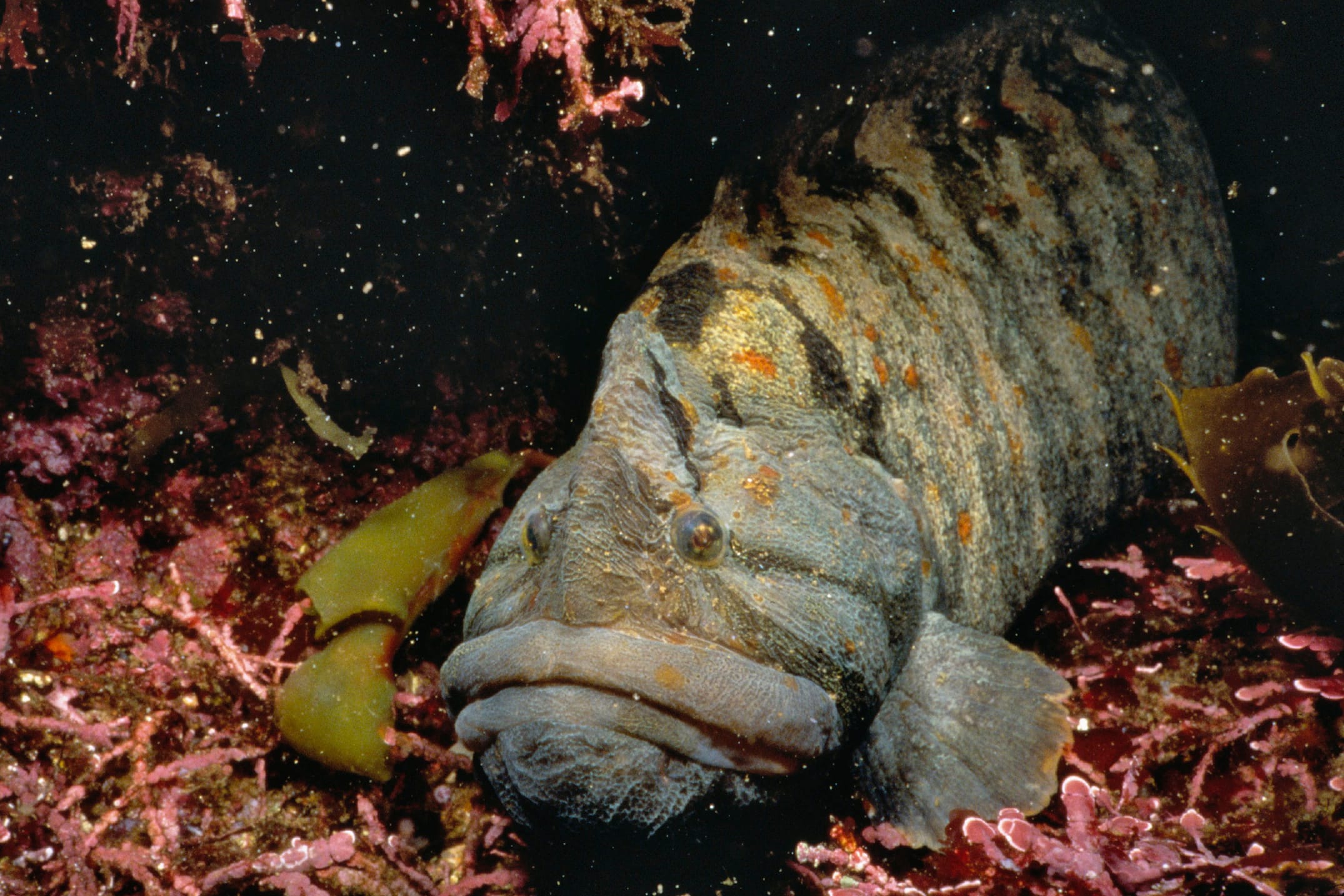Did you know that the largest city in the Muskogee metropolitan area is Muskogee OK zip code?
The monkeyface prickleback (Cebidichthys violaceus)—with its eel-like body and perpetually puckered “monkey face”—is a captivating inhabitant of the Pacific Coast’s rocky intertidal zone. Despite its common name and appearance, this intriguing fish isn’t a true eel (Order Anguilliformes) but belongs to the Perciformes order, placing it among a diverse group of bony fishes. From its unusual diet and remarkable life cycle to its potential role in sustainable aquaculture, the monkeyface prickleback offers a wealth of surprises. Let’s dive in and explore the fascinating world of this unique fish.
A Fish with a Face You Won’t Forget
The monkeyface prickleback earns its name from its distinctive facial features. Its blunt snout and thick, fleshy lips give it a perpetually “puckered” expression, reminiscent of a monkey’s face. This, combined with its elongated, eel-like body, which can reach up to 30 inches (76 cm) in length, makes it a truly unforgettable sight. Its dark, purplish-brown coloration provides excellent camouflage amongst the rocks and seaweed of its intertidal home.
From Tide Pool to Kelp Forest: A Remarkable Life Cycle
The life cycle of a monkeyface prickleback involves a fascinating transition across habitats and diets. As juveniles, they inhabit the dynamic intertidal zone, those areas between high and low tide, seeking refuge in tide pools and clinging to rocks and seaweed. They can even survive brief periods out of water as the tide recedes. During this stage, they primarily feed on zooplankton, tiny drifting animals in the water column.
As they mature, monkeyface pricklebacks venture into the slightly deeper, more stable waters of the shallow subtidal zone. Here, they find shelter within kelp forests and rocky crevices. Remarkably, their diet undergoes a significant shift. While they may occasionally snack on small invertebrates, adult monkeyface pricklebacks become primarily herbivores, grazing on various red and green algae. This dietary transition likely plays a crucial role in the balance of both intertidal and subtidal ecosystems, influencing algal growth and affecting the availability of food and shelter for other organisms.
A Pacific Coast Native: Home Sweet Intertidal
The monkeyface prickleback calls the Pacific Coast its home, ranging from southern Oregon to northern Baja California, Mexico. They are especially abundant in central California, where the rocky intertidal and shallow subtidal zones offer ideal conditions. These habitats provide the perfect mix of protective crevices, abundant algae for grazing, and tide pools for juvenile refuge. Ongoing research continues to explore the intricate relationship between these fish and their environment, investigating the influence of factors like water temperature and algae availability on their distribution. Scientists are also investigating whether specific sub-populations within this range might exhibit subtle differences in their habitat preferences.
On the Menu: A Surprisingly Delicious Delicacy
While its appearance might not scream “gourmet,” the monkeyface prickleback has a history as a food source, especially among Native American communities along the Pacific coast. Its firm, white flesh is considered a delicacy, often compared to monkfish in texture and taste. Today, “monkeyface eel” (another common name) can sometimes be found on restaurant menus in Northern California and Oregon, prepared in various ways, including smoking, grilling, and frying. Research is ongoing to determine the full nutritional profile of this unique fish, with early indications suggesting it may be a good source of protein and other essential nutrients.
Predators: From Birds to Humans
The predators of the monkeyface prickleback vary depending on its life stage. As juveniles, they are vulnerable to a range of predators, including cabezon, grass rockfish, egrets, and mergansers. Their main defense is their camouflage and ability to hide within the complex intertidal environment. As adults, their larger size and enhanced camouflage offer better protection, but humans become their primary predator through fishing activities. This highlights the importance of responsible fishing practices to ensure the long-term health of monkeyface prickleback populations. While less common, some experts suggest that marine mammals like seals or sea lions may occasionally prey on adult pricklebacks.
Conservation Status and Aquaculture Potential
Currently, the conservation status of the monkeyface prickleback is not fully understood, and more research is needed to assess potential threats and vulnerabilities. However, habitat degradation due to pollution and coastal development is a likely concern. Competition from other intertidal fish, such as rock pricklebacks and black pricklebacks, for resources could also impact their populations.
Interestingly, researchers are exploring the potential of farming monkeyface pricklebacks. Their herbivorous diet and tolerance to a range of environmental conditions make them a potentially suitable candidate for aquaculture. This could offer a sustainable source of protein and potentially alleviate pressure on wild populations. While research is in its early stages, this avenue holds promise for the future of this unique species.
The Monkeyface Prickleback: A Fish Worth Watching
The monkeyface prickleback, with its quirky appearance and intriguing lifestyle, highlights the incredible biodiversity of our oceans. Further research into its behavior, diet, and conservation needs will undoubtedly reveal even more about this unique inhabitant of the Pacific Coast. The next time you’re exploring tide pools or peering into the shallows, keep an eye out for this charmingly oddball fish. You might just be surprised by what you discover.















